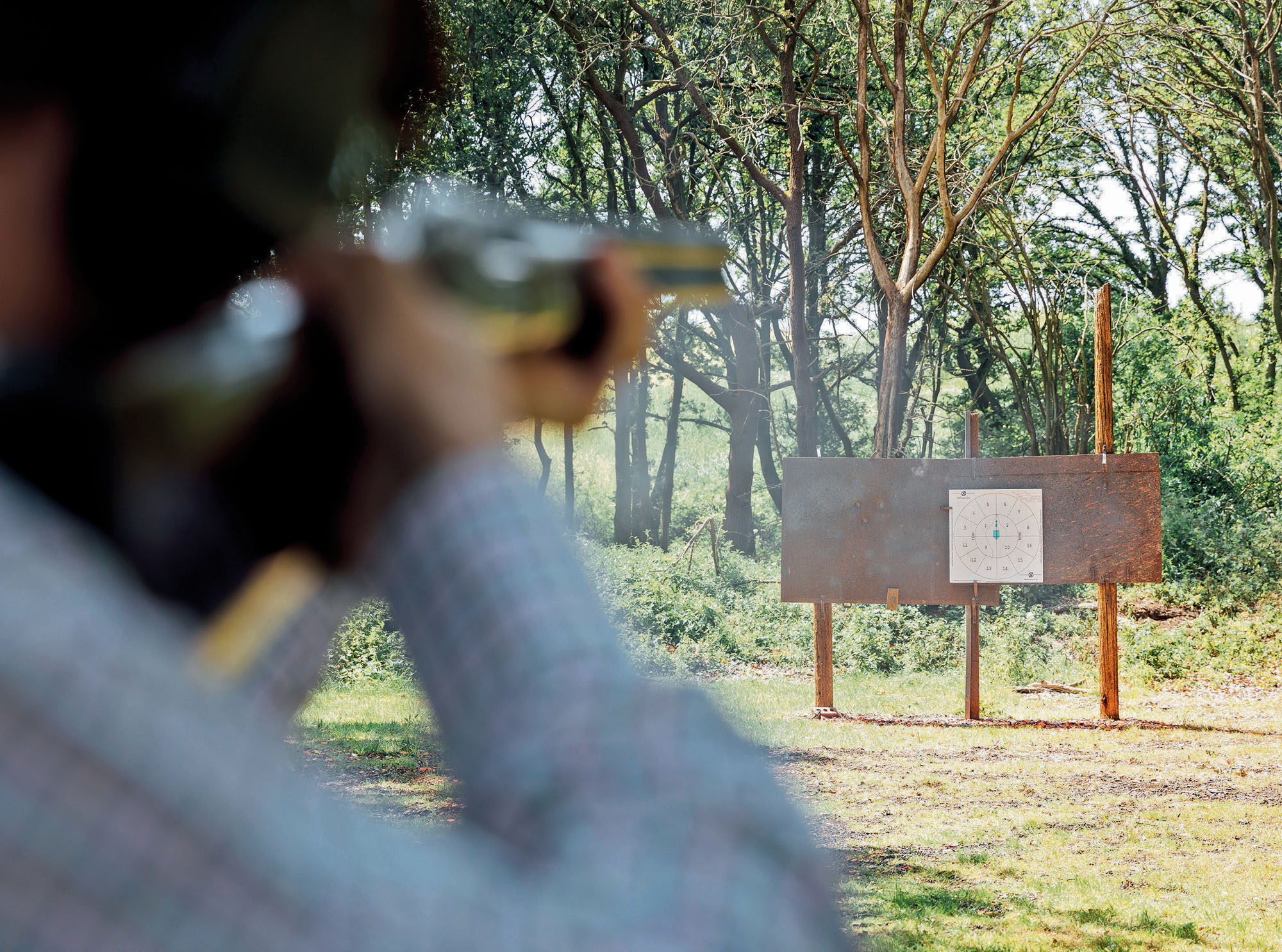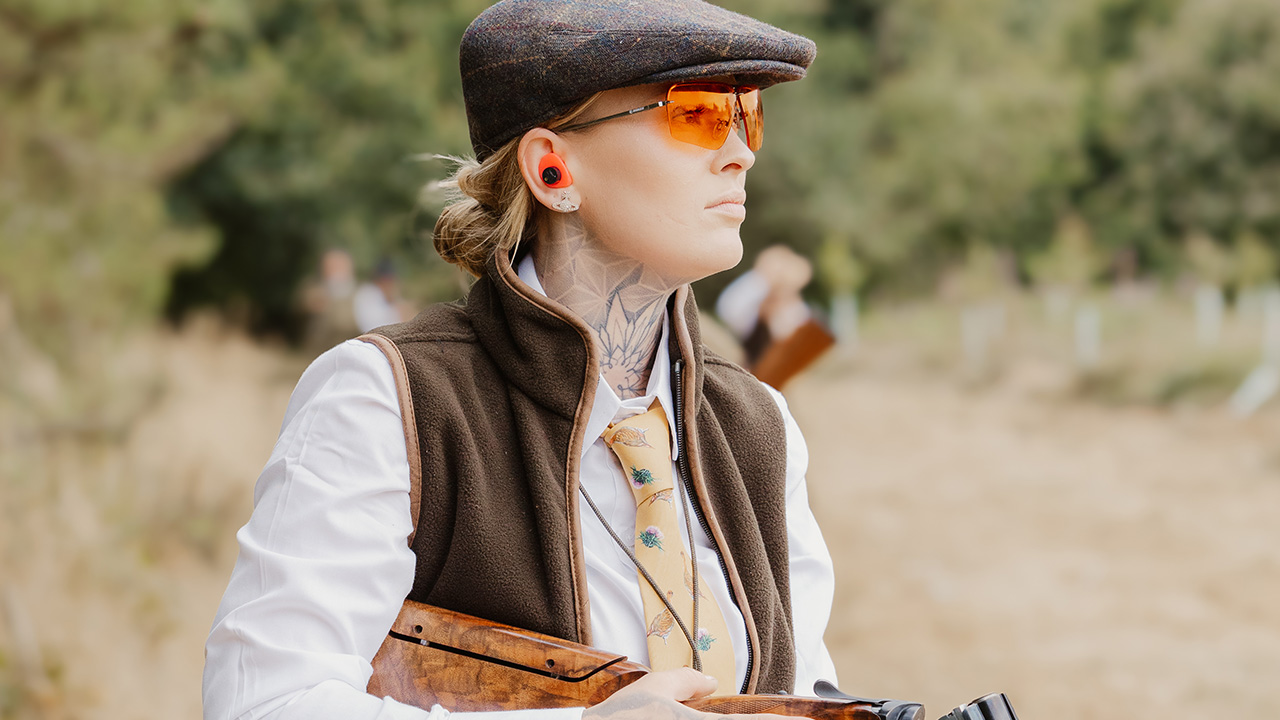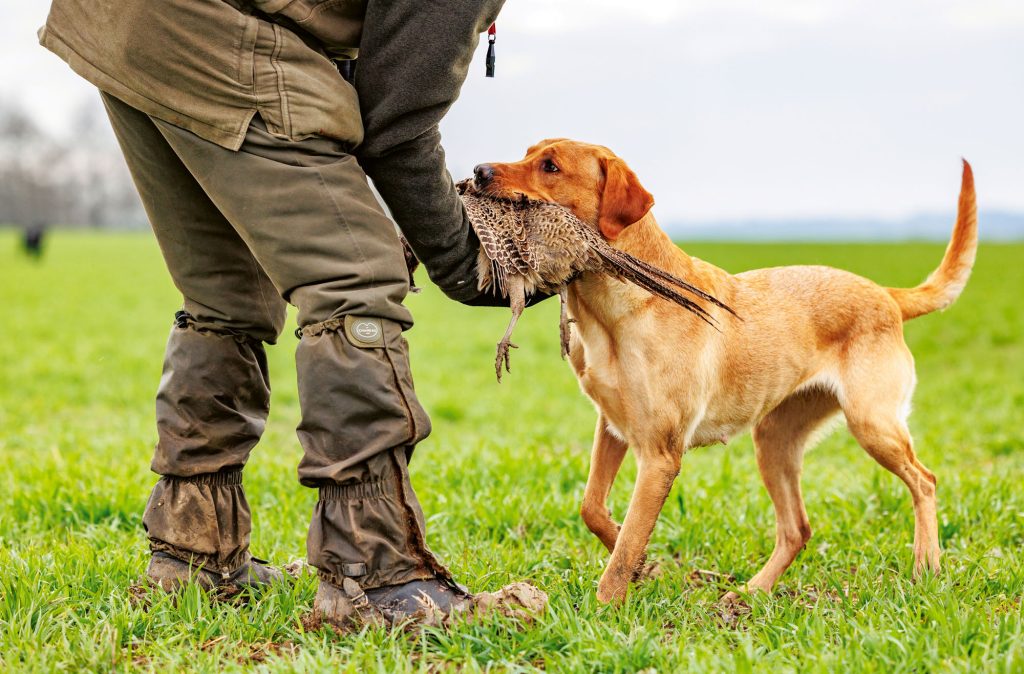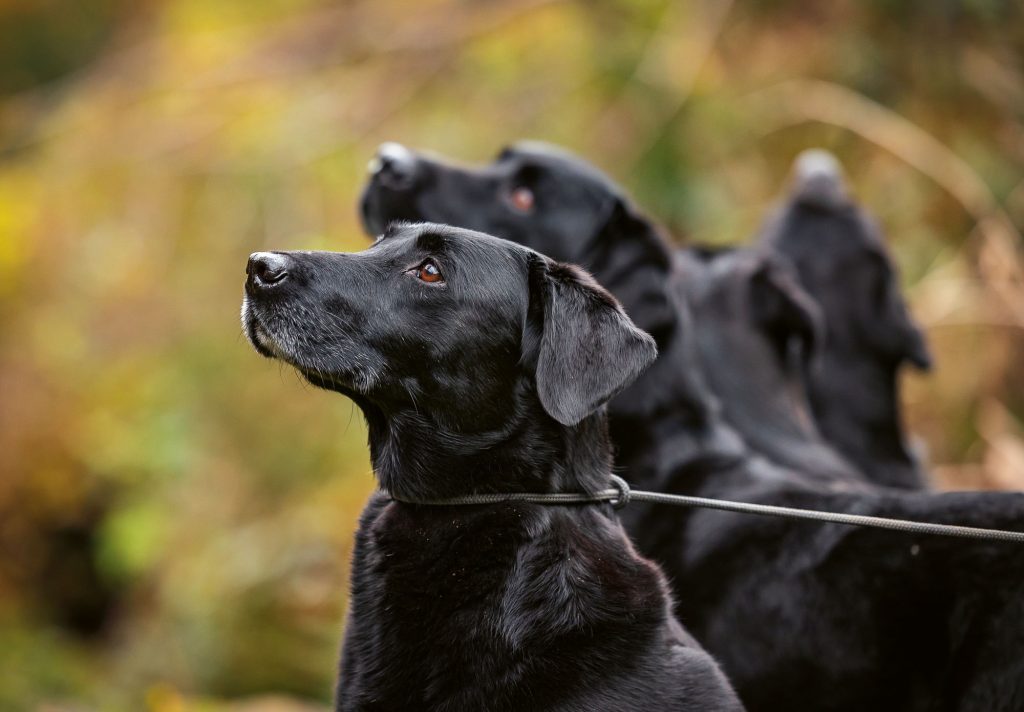Gun mount with Steve Rawsthorne of Holland & Holland

Correct gun mount is critical to good shooting, yet so many of us get it wrong. Here is Steve Rawsthorne’s definitive guide to gun mount
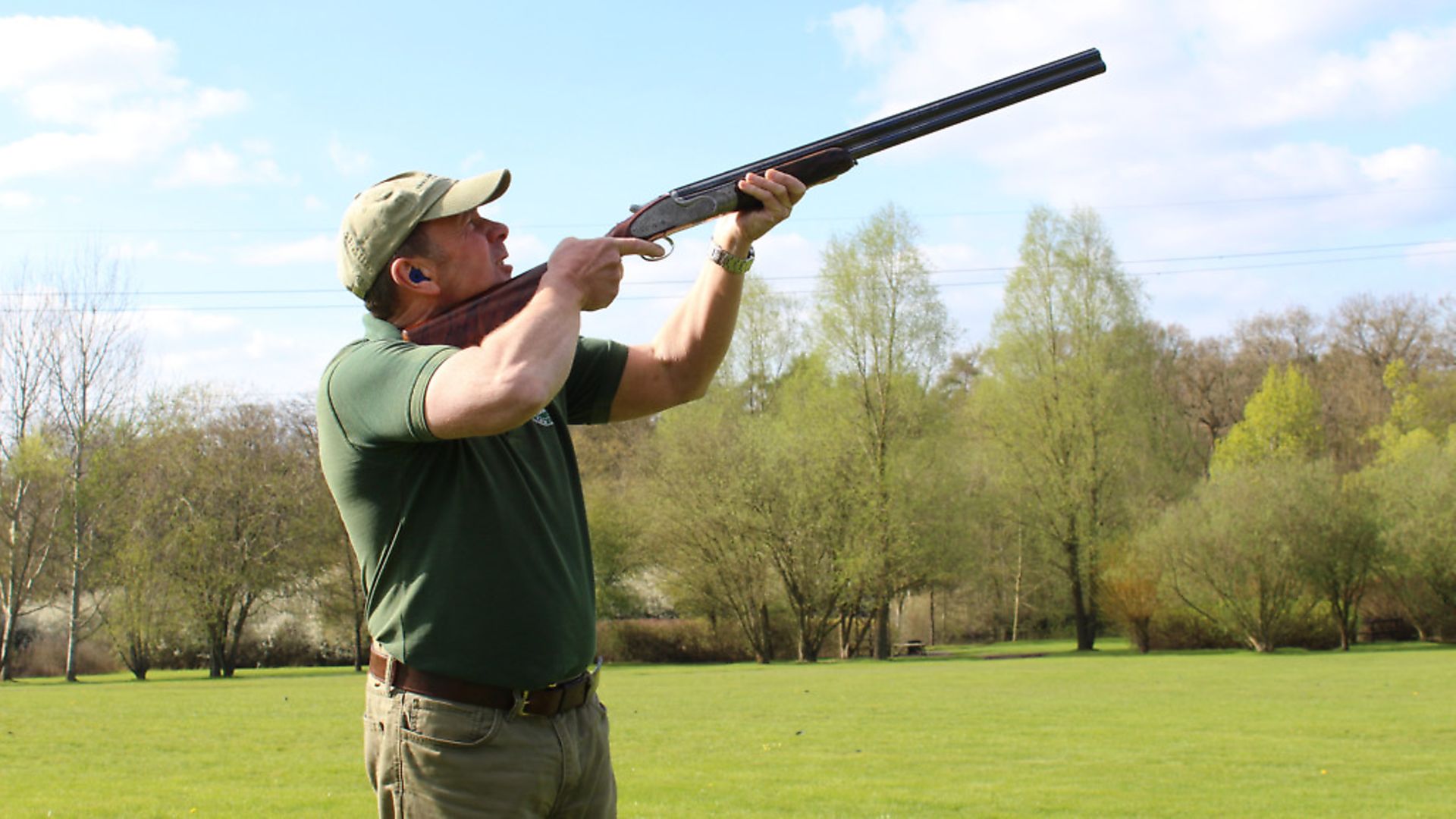
After footwork, gun mount is one of the most neglected parts of shooting technique. If you do not have a good, consistent gun mount you will never become a really good shot.
For you and your gun to shoot accurately together, your master eye (or the open eye if you need to shut one eye because of dominance issues) needs to be in the same position relative to the rib for every shot. And not just in the same position, but in the correct position, with the pupil of the eye a millimetre or two above the rib, nicely centred and looking straight along it. The way that you get your eye into this position is with a good gun mount.
Most right-handers have a stronger, more dominant right hand than left and tend to lead any activities with their right hand (and vice versa for lefties). Therefore, it is natural, when mounting a gun, for right-handers to pull the stock up to the face or shoulder with the right hand, which is where the problem starts. Try this experiment. Holding your unloaded gun butt down below your armpit, with your left hand on the fore-end and barrels at around 45 degrees, pull the stock up slowly to your face. Hold the left hand still as you do this, so that the gun pivots in the left hand. As you pull up with the right hand the muzzles will be moving down towards the floor, so you will have to push your head over to the side and pull the gun backwards into your shoulder. You will very likely have your head canted and one eye looking well above the rib and to the side. You have just learned how not to do it, yet this is how many shooters mount their gun, consciously or otherwise.
The correct way
The gun mount needs to be led by the left hand – the majority of the effort (60%) comes from this hand. The rear hand is for decoration and pulling the trigger! If your gun was suspended on two wires and you pulled it forwards gently, it would rotate forwards and upwards in a nice parallel movement – in fact, a perfect gun mount.
So, with your front (left) hand on the fore-end and gripping the wrist of the stock in your right, tuck the last inch of the stock up under the armpit. Having it there prevents you pulling up with the right hand and forces you to draw the gun forwards with the left. Imagine a line across the muzzles from your eye to where you will see your imaginary target. Keep your head up, push forwards with the front hand and allow the rear hand to follow, so that the comb of the stock moves forwards and upwards, to a point on your cheek about where your teeth meet. Keeping your head vertical, rotate your head slightly from the neck as you perform this movement and push your shoulder forwards into the butt – you now have a perfect gun mount.
Doing it this way – i.e. pushing the shoulder forwards into the butt – sets the shoulder pocket up so that it wraps around the stock and you do not end up with the butt on the outside of the shoulder joint, where there is only a thin covering of skin and tissue (it bruises easily).
More importantly, if you register the comb on the cheek it puts the eye and face in the same position relative to the rib every time, so your shot will go to the same place every time too.
Gun mount, stage one
You can practise your gun mount in a cost-effective way at home and it will pay off handsomely. To start with, use an unloaded gun and slowly (about a third of the normal speed) practise mounting it as above, bringing the gun up onto an imaginary rising teal, then, using your front hand, bring the comb to the cheek, push the shoulder forwards and then check you are in the correct position when you finish the mount. Build the muscle memory – do eight or 10 mounts – have a break and then start again. When this is perfect, you’re ready for stage two.
Gun mount, stage two
For stage two we use the line where the wall and ceiling meet. Put a mark at the mid-point. Set your feet up, with this as the break point. Take your muzzles back to the left end of the line (about a third of the normal speed again), push forwards and mount the gun, but, as you do so, move the muzzles along the line, so that you complete the mount before you reach the mark, then mentally fire and follow through to the other end of the line. Now start at the right-hand end and do the same back to the left end. As you mount the gun the end of the barrels should not waver above or below the line but should stay with the line, the line of your target. When you have perfected the movement, gradually increase the speed of the mount.
When you practise like this, it is important that you do it correctly, otherwise you are just wasting your time and creating bad habits. Do this exercise for a few minutes at a time, so you stay fresh, rather than doing a hundred rushed, rubbish mounts one after the other.
Gun fit
It is so often the case that when someone comes for a fitting lesson, they cannot mount the gun consistently, so we cannot fit a gun for them. Gun fit is not a magic pill that will suddenly turn you into George Digweed but it can help, and at the top level may give you that extra point to win a title, but you have to have learned and mastered the basics of stance, gun mount and how to shoot.
As you age, your posture changes and your eye dominance may alter, so the gun that fitted you 10 years ago may need tweaking. It is worth having it checked by an expert (by which I mean someone with years of experience) using a ‘try gun’ and pattern plate – you cannot do it in a shop or without shooting. At Holland & Holland we have a variety of ‘try guns’ in over-and-under and side-by-side formats, and are the acknowledged experts in the field; other gunmakers send their clients to us to be fitted. It is money well spent.

